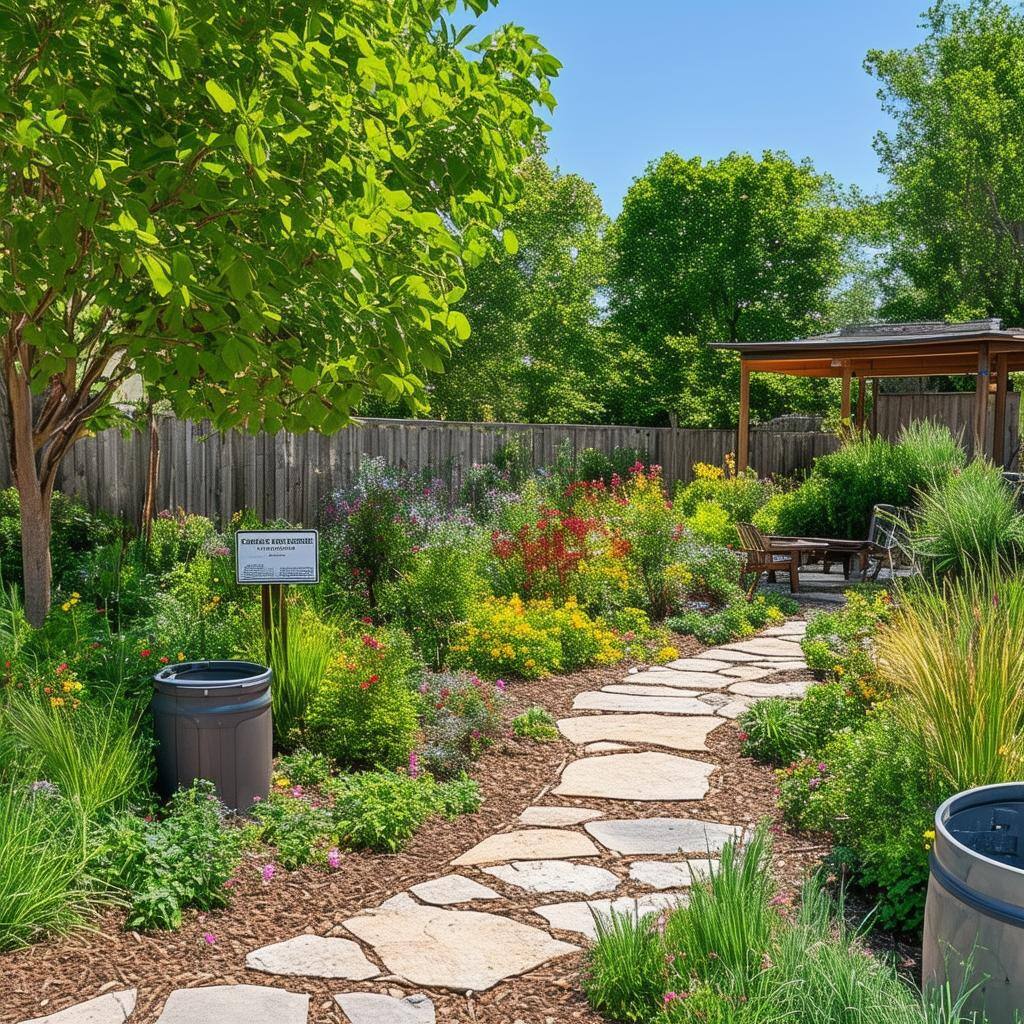Eco-Friendly Irrigation: Conserving Water in Your Landscape
Introduction
In an era where water scarcity looms large, adopting eco-friendly irrigation practices has become paramount for sustainable landscaping. By implementing water-conserving techniques, we not only preserve this precious resource but also foster healthier, more resilient plant ecosystems.
Assessing Your Landscape's Water Needs
Begin by delving into the intricacies of your soil's composition and drainage capabilities. Sandy soils, for instance, drain rapidly and may necessitate more frequent watering, whereas clay soils retain moisture longer, reducing irrigation frequency. Understanding these characteristics is crucial for tailoring your watering regimen.
Equally important is identifying the specific hydration requirements of your plant species. Native plants are often adapted to local climates and may require less supplemental watering compared to exotic varieties. Grouping plants with similar water needs—a practice known as hydrozoning—can further enhance irrigation efficiency.
Implementing Efficient Irrigation Systems
Drip irrigation stands as a paragon of water efficiency, delivering moisture directly to plant root zones through a network of emitters and tubing. This method minimizes evaporation and runoff, ensuring that water is utilized where it's needed most. Micro-irrigation, a subset of drip systems, employs low-flow emitters to provide precise watering, making it ideal for gardens with diverse plantings.
Rainwater Harvesting Strategies
Harnessing the natural bounty of rainfall through harvesting systems can significantly reduce reliance on municipal water sources. Installing rain barrels or more elaborate cisterns allows for the collection and storage of rainwater, which can later be used to irrigate your landscape. Designing your garden to channel rainwater towards plant beds—through techniques like swales or rain gardens—maximizes water infiltration and reduces runoff.
Incorporating Xeriscaping Principles
Xeriscaping, derived from the Greek word 'xeros' meaning dry, involves designing landscapes that require minimal irrigation. This approach emphasizes the use of drought-resistant plant varieties, which are naturally adapted to thrive with limited water. Applying mulches and ground covers further aids in moisture retention, suppresses weed growth, and enhances soil health.
Smart Technology in Irrigation
The advent of smart technology has revolutionized irrigation practices. Soil moisture sensors provide real-time data, enabling irrigation systems to activate only when necessary. Smart controllers can be programmed to adjust watering schedules based on weather forecasts, soil conditions, and plant needs, thereby optimizing water usage and preventing wastage.
Regular Maintenance and Monitoring
Sustaining an efficient irrigation system necessitates regular maintenance. Periodically inspect your system for leaks, clogged emitters, or misaligned sprinklers that could lead to water inefficiencies. Seasonal adjustments are also vital; modify your irrigation schedule to align with changing weather patterns and plant growth cycles to ensure optimal hydration without excess.
By embracing these eco-friendly irrigation practices, you can cultivate a landscape that is not only aesthetically pleasing but also environmentally responsible. Conserving water through thoughtful irrigation design and maintenance not only supports plant vitality but also contributes to the broader goal of sustainable resource management.




